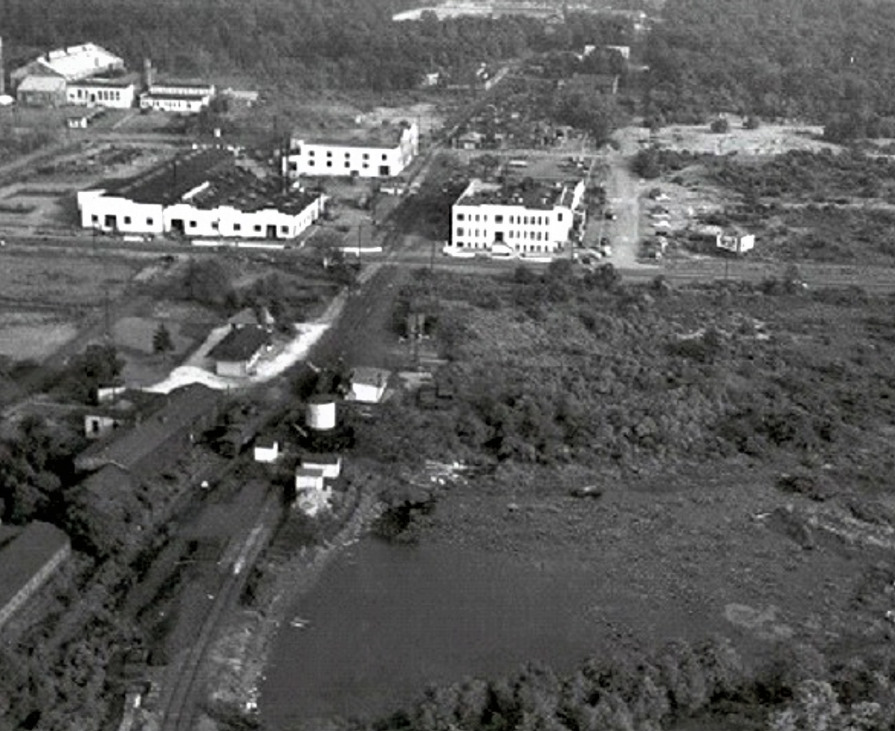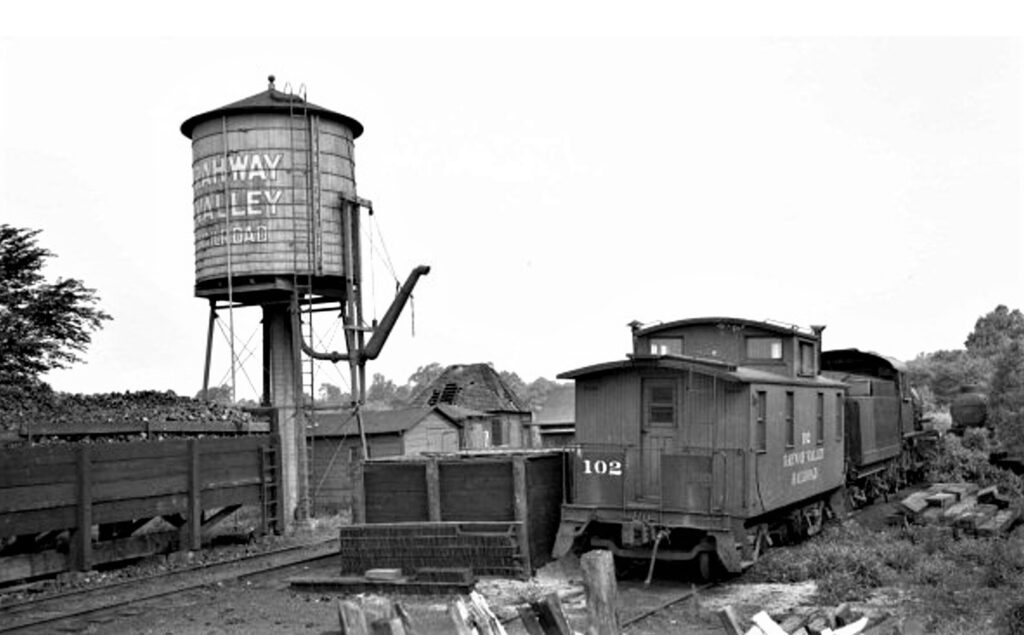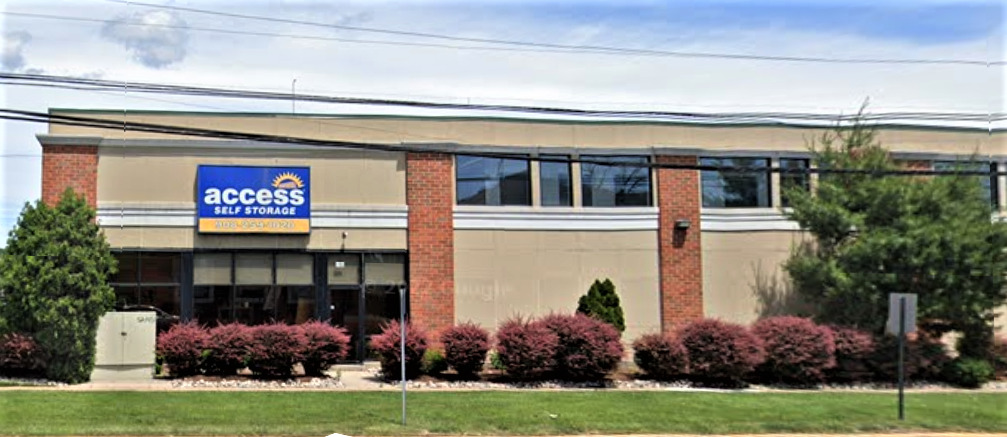
The ponds that disappeared, Part 1
Kenilworth once boasted four ponds. Only Shallcross Pond off the end N. 14th St. in Black Brood Park remains. It was the subject of March and April articles in this newspaper. But what about the other three – Station Pond, Hiller’s Pond, and Jackson Pond? This three-part series features a pond at a time and explains where each was located and what became of them.
Station Pond is shown on maps dating far back into the 1800s, and geologically that it existed for an untold time before then. Located somewhat behind today’s Access Storage facility on the Boulevard, maps suggest that it covered several acres. Like most ponds, one source of its water was from springs which were plentiful in the region well before Kenilworth came into existence in 1907. Another source was run-off water that came down the slope of Kenilworth’s legendary Tin Kettle Hill, the crest of which was located somewhat along N. Michigan Ave. between Monroe and Washington avenues. The pond was at the eastern base of the hill.

When the New Orange Industrial Association began to develop this region in the 1890s, one of the improvements it brought to Kenilworth – then a part of an area known as New Orange – was a railroad, later known as the Rahway Valley Railroad. The last train ran in 1992. The eastern bank of the pond literally was located within a good stone’s throw of the railroad station erected by the Association. Thus, the pond quickly earned the name Station Pond. The station stood about where the Parkway Liquor store is located today.
The pond had large, flowering water lilies which railroad passengers and residents undoubtedly admired. In the winter, Station Pond, as did other local ponds, froze over when temperatures dropped sufficiently. Ice skaters were drawn to the glazed-over pond. We know this to be true due to writings about Rev. Otis Moore of the old Methodist Church located on N. 20th St. off Monroe Ave. hiking to Station Pond in the 1940s with children from his congregation and elsewhere from the community to enjoy the winter-time skating activity.
The railroad benefited from the pond. It used its water to help fill the adjacent, huge railroad water tank on stilts that was used to funnel water into the steam locomotives of the day.

As industrial development in the area expanded, some parts of the pond, generally off N. 26th St. and Jefferson and Federal avenues, shrank in size as the pond slowly was filled in with dirt. Aerial photography as late as 1969 depicts much pond area filled in while a small portion remained. The final year of the end of Station Pond is not known but there are writings about the pond in Kenilworth history books, outlines of it on old maps, and memories of it in the minds of older residents to further attest to its existence. Watch for Part 2 for Hiller’s Pond next month.
Research provided by Walter E. Boright, Ed. D., historian, and Historic Signs, Inc.
Persons with inquiries about this or other Kenilworth history topics may contact Dr. Boright at drbori@aol.com or 908-256-5200.
